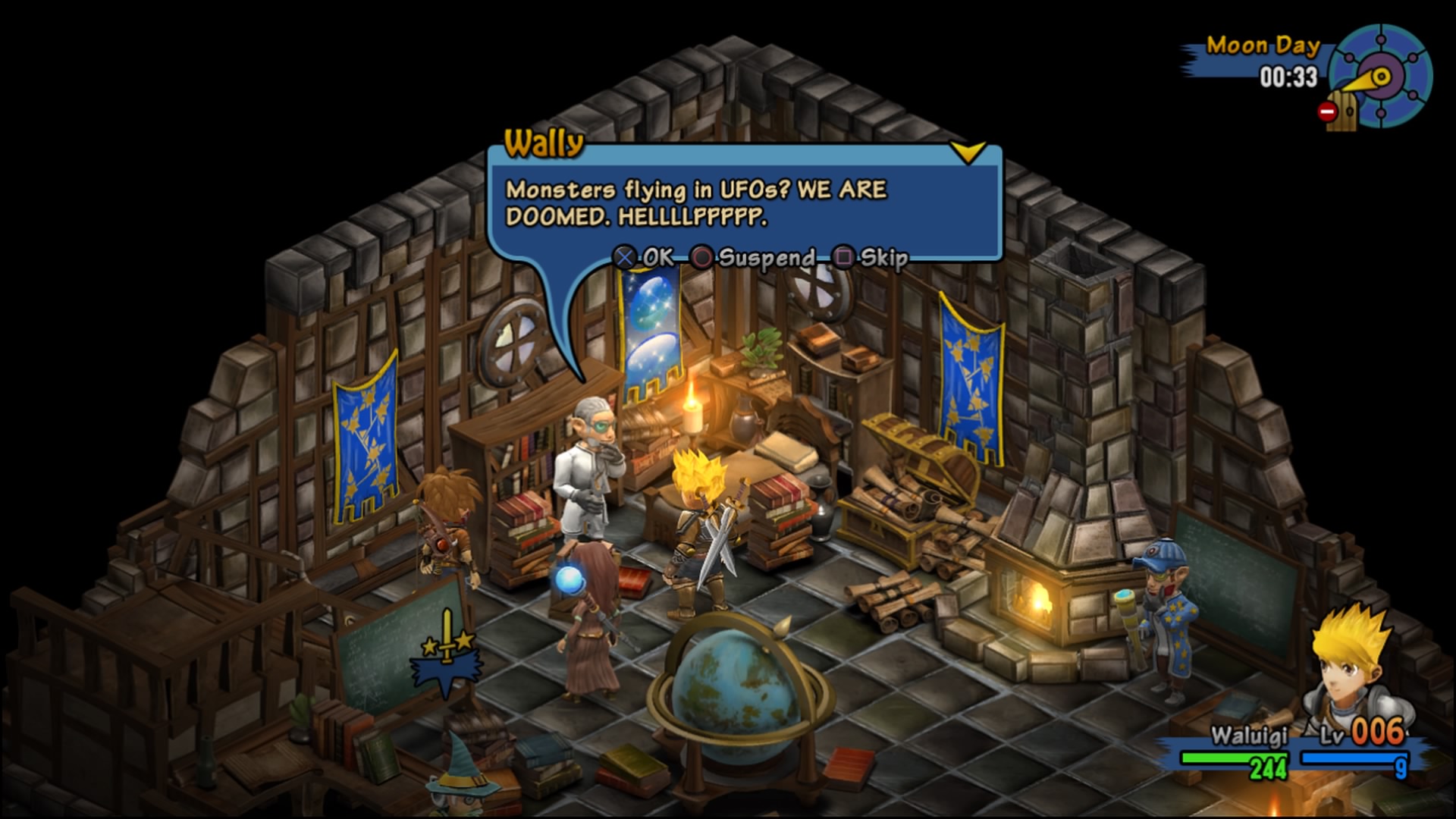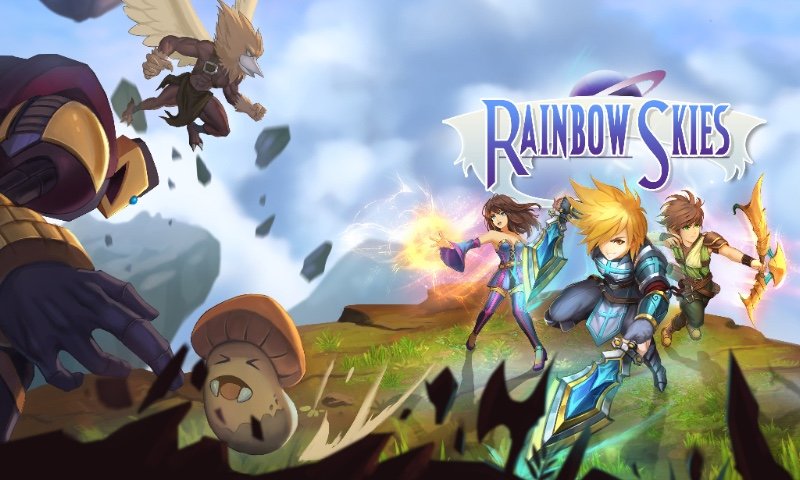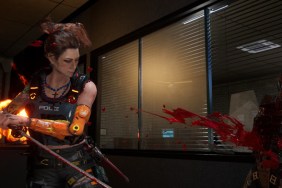If Rainbow Skies gives you flashbacks to the PS3 era, then it’s probably doing what its developers intended. SideQuest Studios has ensured that their latest title has cross-play functionality between the PS3, the Vita, and the PS4. There’s been no dethroning of Sony’s hardware in favor of Nintendo’s and Microsoft’s toys in this timeline. Unusually, the spiritual sequel to Rainbow Moon is a console-family exclusive. If this seems like a bit of a gamble on a dated aesthetic, that’s because it is. Our verdict on the hand? Mixed.
Ready to Fly
The game starts you off in the colorful world of Arca. It’s a small ship in the sky that houses enough people and monsters to be a health and safety hazard. Here, a rather ordinary tale begins to unfold in an overly familiar fashion. Enter the lackadaisical protagonist with an inflated ego. The plus side is you can name every playable character anything you like, so you could even have the underappreciated Waluigi as the hero of this table. Predictably, your protagonist has a vastly smarter, older brother-esque figure that follows him around non-stop.
The quasi-brothers have their defining characteristics spelled out for you within minutes. The main character can’t read and thinks that fighting is the best way to solve a problem. His sidekick hates the idea that a sack of potatoes possesses more tact than his best friend. And so, it continues as expected. You get some cursory dialogue that segues into a very short introduction jam-packed with tutorial information, an excuse for a combat tutorial, and a twist of some description.
The tutorial takes under half an hour to breeze through, but it’s an excellent one. You learn all the essential skills necessary for interacting with the world, and keeping yourself alive. It’s not necessarily the most meaningful exercise, but it does its job and has clearly been designed incredibly well. The narrative lead-in could do with some polish, but it’s concise in the no-nonsense way of early 2000s RPGs. Rainbow Moon was an epic that weighed in at around 80 hours if you were being efficient, but Rainbow Skies seems a lot more conscious of modern players’ availability when you start it up.
Tricky Maneuvers
While you start the adventure in Arca, the meat of the matter takes place after uncomfortable revelations about flying cities, damsels, and being in the wrong place at the wrong time. If that sounds like a mouthful of common RPG tropes, that’s because it is. SideQuest Studios’ team is definitely playing it safe when it comes to the plot, but that’s not necessarily an issue in itself. It’s impossible to come up with a wholly original idea in this industry, but it’s not unreasonable to expect that work isn’t derivative at best and uninspired at worst.
Unfortunately for Rainbow Skies, it’s hard to push past the saccharine coating of stereotypes to get to the heart of the story. There’s nothing intrinsically malevolent or wrong about using stereotypes in anything; they’re typical representations for a reason. However, that also means that they often lack depth, and this is one of those times where otherwise lovable characters have the depth of a deflated kiddie pool.
You’ve got your typical meathead, a sarcastic ranger, and a woman who fawns over said meathead for a reason that’s never explained. There’s a host of other characters who set themselves apart from those molds and they’re better off for it. However, you’ll spend a lot of time coming to grips with the game while you’re controlling the former, and their significant presence is worth a mention. Rainbow Skies may as well have pulled its narrative twists out of the sky (it literally does, in some cases).
Characters meet, get on about as well as their pre-ordained personalities well let them, and have those dynamics milked endlessly for punchlines that become tutorial slides and relentless dialogue. It’s not that the characters don’t have chemistry, or that the plot doesn’t make sense. Everything is perfectly explained away, perfectly categorised as another regular RPG occurrence, or gently winced at when it errs on the side of tone deafness.
There’s not much in the story that makes you want to learn more about why the world is the way it is. It’s serviceable, engaging to a point, and pleasantly bereft of difficult considerations. For a tactical RPG, there’s little to no role-playing required for the game’s approximately 50 hour runtime. There’s no sudden momentum that serves as encouragement to actually propel you forward in the main quests apart from an achievement metric, because the Life and Times of Average Sally and Joe in Fantasyland isn’t a tale that we’re dying to know the climax of.
Bombs Away
While we’re on the topic of momentum, it’s probably a good time to get into the swing of things with the combat and the leveling system. Disclaimer: you’re going to be fighting constantly. You unlock the ability to scale the difficulty of your combat encounters by visiting a certain NPC – this scaling results in increased rewards and in-game currency when you do beat up an errant monster. It’s a good idea to make the most of the risk vs reward strategy that the game encourages, mainly because it turns into quite the grindfest otherwise.
Combat is made more difficult by the sheer amount of damage that evenly matched or slightly more advanced enemies will deal to your characters. It’s not so much a tactical imbalance as an HP bar one. It doesn’t take a genius to figure out how the grid-based, turn-based combat works – you’re given as much time as you need to pick moves, you can use multiple actions on a turn when you level, and there are elemental weaknesses at play. However, enemies can deal three times as much damage to you as you can to them, and they benefit from more multiple attacks. You can unlock formations to use in battle that mitigate that to an extent, but it’s less challenging and more a case of tedium to get to that point.
It’s all bog-standard stuff, which makes it hard to be fully engrossed in the combat. Sometimes it looks like Rainbow Skies is going for a similar take to Disgaea’s campy, exaggerated skill visuals. However, it doesn’t push the envelope far enough. As such, animations become something that you’d rather mash R2 to skip than have to sit through them in their entirety. It doesn’t help that even the most basic of enemies can have lengthy animations, and they start to grate especially considering the repetitiveness of battle AI.
Raising the star level doesn’t necessarily make the AI any smarter. Sometimes they choose to wait turns out, or to attack characters at range that aren’t immediate threats, or to leave themselves open to danger. Leveling up in the field allows you to be potentially ambushed by increasing numbers of enemies, which would raise the stakes if those ambushes weren’t strictly an opt-in affair.
Sidequest objectives are framed as optional too, and the game takes great pains to emphasize that you can skip all of that extra stuff entirely if you just want to blast through the story. However, that’s not entirely true given the issues with HP scaling – you’ll want to make sure you get the necessary EXP from as many combat sidequests as possible so that you’re in tip top shape when it comes to boss fighting. However, it’s not all mandatory killing or doom and gloom.
There’s the option to customize your character extensively when it comes to gear and attributes, and this is one system in particular that Rainbow Skies has fleshed out substantially. You can increase various traits like speed, HP, and strength using items that drop from monsters. Each character has a different set of traits that can be upgraded, so you can often get great coverage across your party with tailored roles for your favorite members. The game also has a conveniently streamlined weapon and equipment upgrading system that’s free and readily accessible in the overworld, so any tools required for success are made available without you having to do too much soul-searching.
Look to the Skies
Rainbow Skies is perhaps aptly named as it clearly has lofty ambitions to be more than the sum of its parts. The small team behind the game has done an admirable job of following up on Rainbow Moon and they’ve delivered a title with impressive and layered systems for players to enjoy, all whilst respecting the time of current consumers. There’s no doubt that SideQuest Studios are a passionate bunch, which is why it hurts a little to say that Rainbow Skies has a face that only a mother (or hardcore franchise fans) could love.
There’s nothing wrong with the aesthetic of the game or its reliance on tired clichés to tell a story. It’s truly done a decent job, but that’s the crux of the problem – it’s just okay. It’s a fun title to whittle away some time with, and you may even find yourself warming up to your party members’ impenetrable plastic hearts. However, it lacks a compelling narrative, balance, and combat variety necessary to make it as engaging as it should be. Rainbow Skies feels like a blast from the past, before we had mainstream exposure to the tactical titles that it’s clearly drawn inspiration from. Nostalgia’s all well and good if you’re pining for a better time, but it feels like a return to an era that we’ve intentionally left behind.
Rainbow Skies review copy provided by publisher. Version 1.01 played on a standard PlayStation 4. For more information on scoring please see our Review Policy here.
-
Deep customisation systems available for characters
-
Robust and varied environments
-
Excellent introductory tutorial and accessible difficulty options
-
Saturated with RPG stereotypes and a bland narrative
-
Tedious combat that could do with some balance adjustments
-
Can be a grindfest if youâre not careful
Rainbow Skies Review
-
Rainbow Skies Review
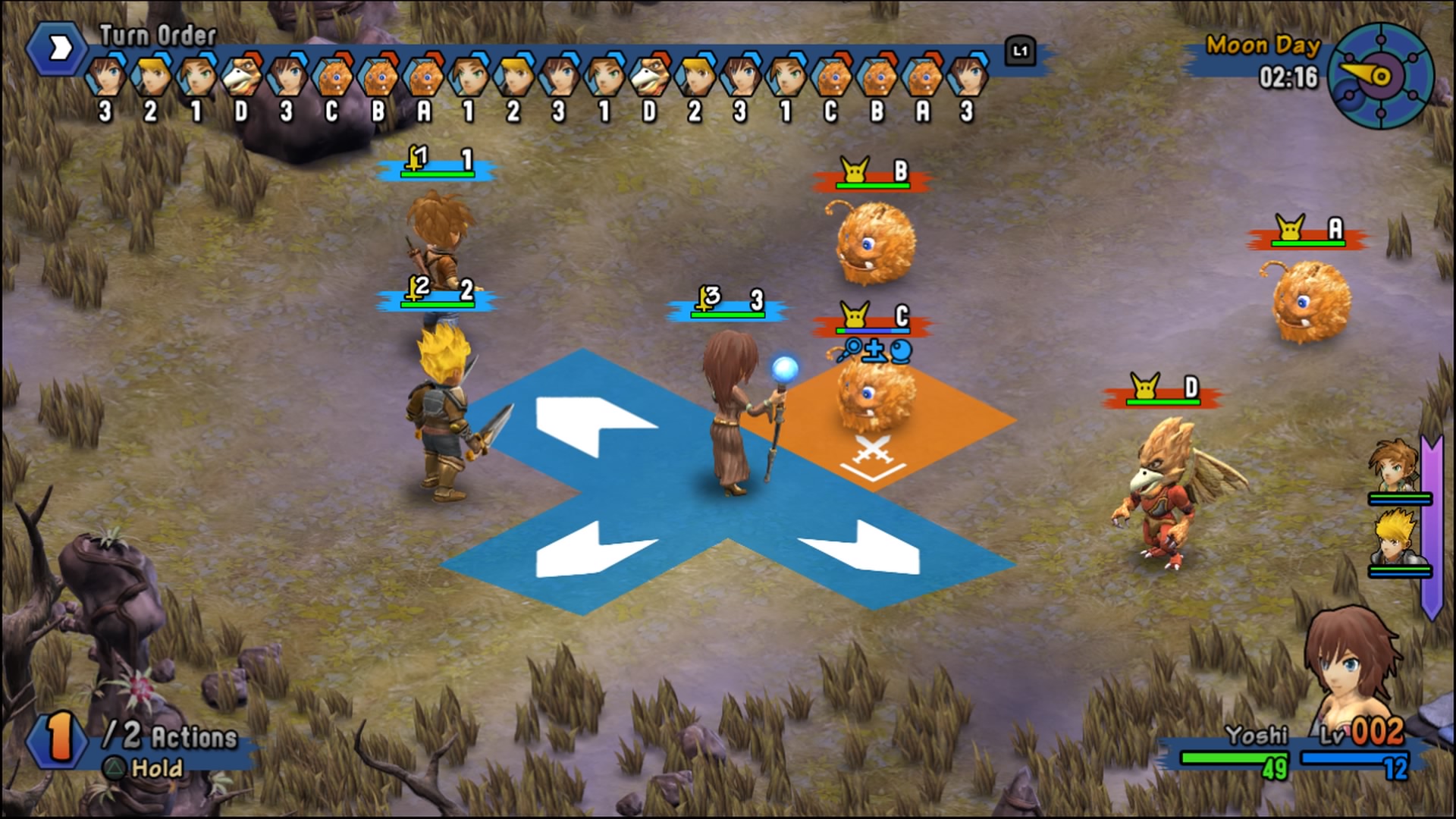
-
Rainbow Skies Review
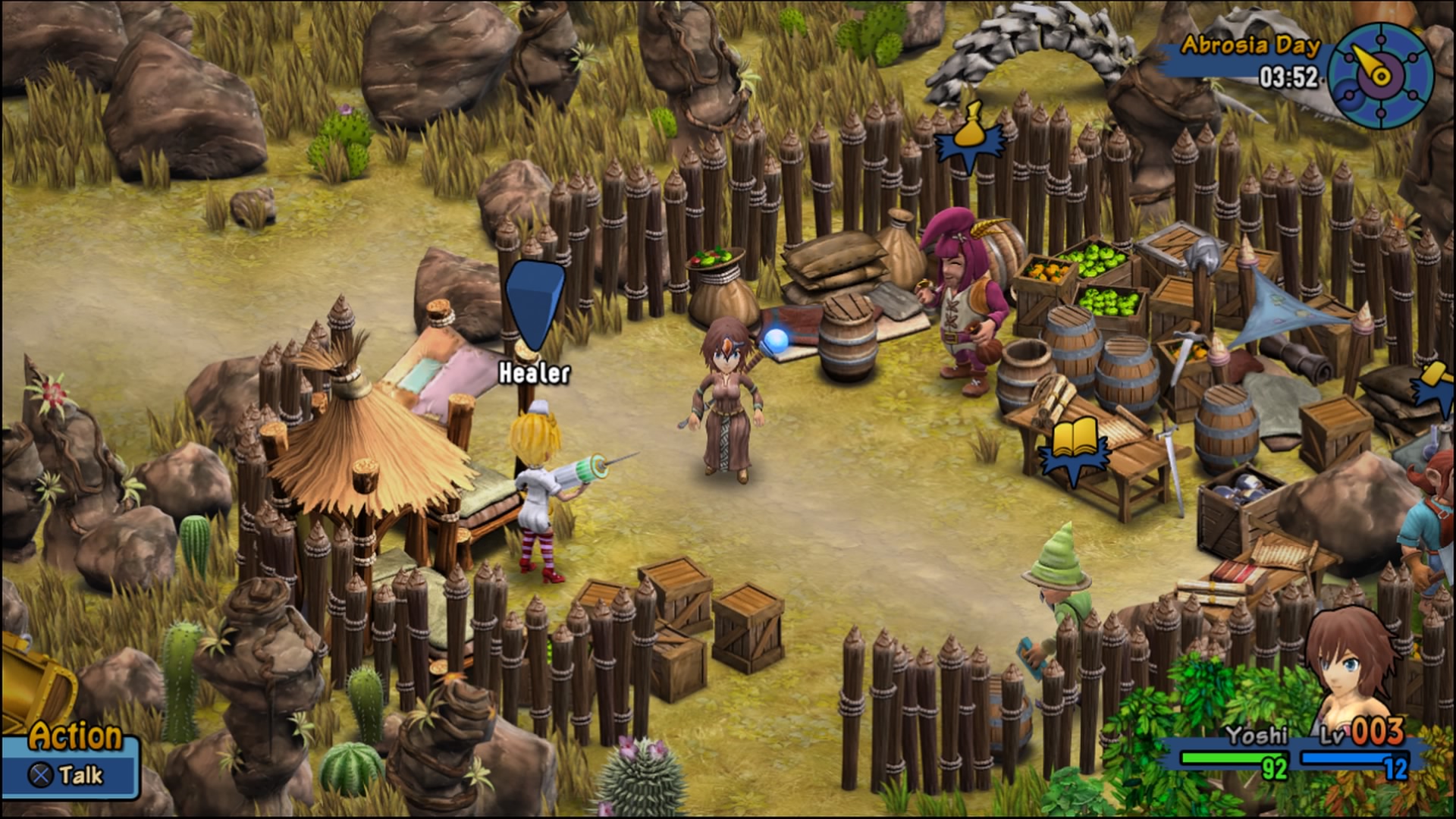
-
Rainbow Skies Review

-
Rainbow Skies Review
